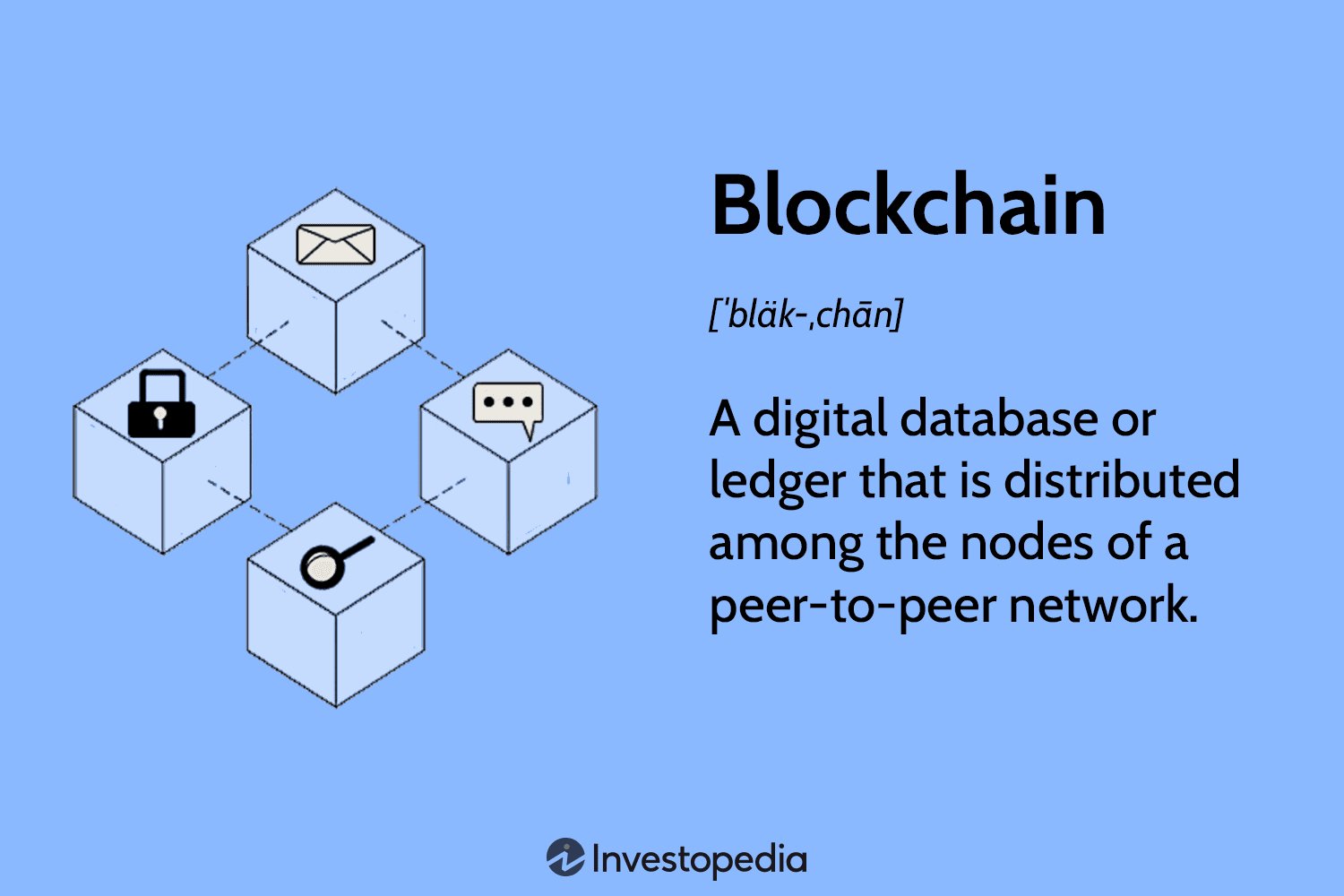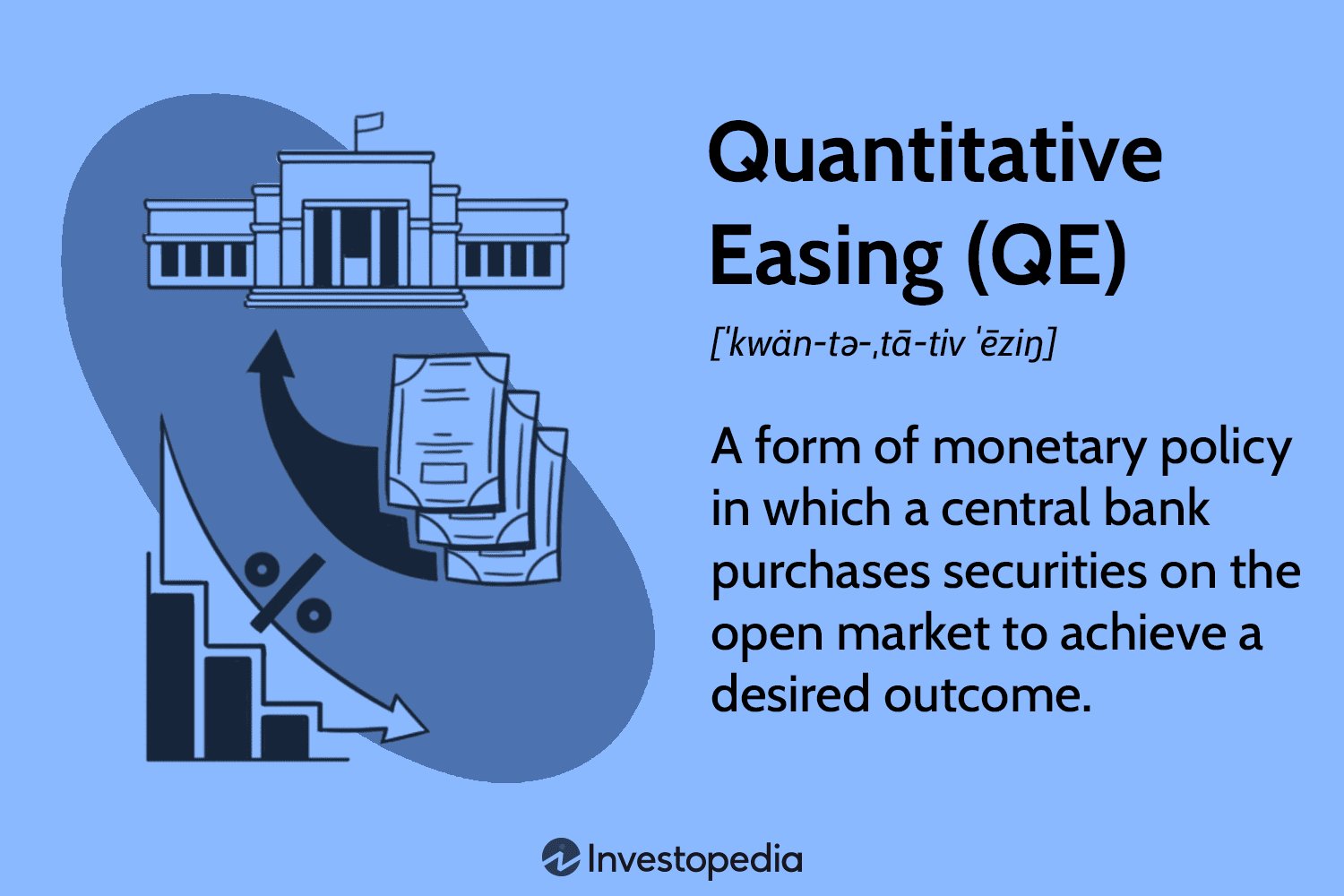Blockchain technology has revolutionized the world of finance, offering a secure and transparent way to conduct transactions. If you’ve been curious about understanding blockchain technology in finance, you’ve come to the right place. In this article, we’ll delve into the inner workings of blockchain, exploring its potential to transform the financial industry. By the end, you’ll have a clearer understanding of how blockchain can reshape the way financial transactions are conducted, trust is established, and data is stored and verified. So let’s dive in and explore the fascinating world of blockchain technology in finance.
Understanding Blockchain Technology in Finance
The Basics of Blockchain Technology
Blockchain technology has garnered significant attention in recent years for its potential to revolutionize various industries, including finance. At its core, a blockchain is a decentralized and transparent digital ledger that securely records transactions across multiple computers. This technology provides a way to establish trust and eliminate the need for intermediaries in financial transactions.
Blockchain operates on the principles of decentralization, immutability, and transparency. Let’s dive deeper into each of these aspects:
Decentralization
Decentralization is a fundamental characteristic of blockchain technology. Unlike traditional centralized systems, where a single entity controls the entire network, blockchain operates on a peer-to-peer network. This means that no single authority has complete control over the blockchain, making it more resilient to attacks and manipulation.
In the realm of finance, decentralization allows for the removal of intermediaries such as banks and clearinghouses. By eliminating these intermediaries, blockchain technology enables direct peer-to-peer transactions, reducing costs, and increasing efficiency.
Immutability
Immutability refers to the unchangeable nature of the data stored on a blockchain. Once a transaction is recorded on the blockchain, it cannot be altered or tampered with. This is made possible through cryptographic hashing, a process that converts transaction data into a unique alphanumeric string. Any change in the transaction data would result in a different hash value, making it evident that the information has been tampered with.
Immutability plays a crucial role in ensuring the integrity of financial transactions. It provides an auditable trail of every transaction, making it easier to track and detect any fraudulent activities.
Transparency
Transparency is another key characteristic of blockchain technology. The blockchain ledger is visible to all participants in the network, allowing for greater transparency and accountability. Every transaction is recorded in a block, which is linked to the previous block, forming a chain of transactions. These blocks are accessible to anyone in the network, promoting transparency and trust among participants.
In the finance industry, transparency is particularly significant. It enables regulators to have real-time visibility into transactions, reducing the risk of money laundering and other illicit activities. Additionally, it provides individuals with greater control over their financial information and allows for enhanced financial reporting and auditing.
The Impact of Blockchain Technology in Finance
Blockchain technology has the potential to transform various aspects of the financial industry. Here are some key areas where blockchain is making a significant impact:
1. Payments and Remittances
Traditional cross-border payments can be slow, costly, and prone to errors. Blockchain technology offers a solution by enabling near-instantaneous and low-cost international transactions. It eliminates the need for intermediaries, such as correspondent banks, and allows individuals and businesses to transact directly with each other.
Blockchain-based payment systems also have the potential to promote financial inclusion, particularly in regions where access to traditional banking services is limited. By leveraging mobile technology, blockchain can empower individuals without a bank account to participate in the global economy.
2. Smart Contracts
Smart contracts are self-executing contracts with the terms of the agreement directly written into code. These contracts are automatically executed when predetermined conditions are met, eliminating the need for intermediaries and reducing the risk of fraud or manipulation.
Blockchain technology enables the development and deployment of smart contracts. By leveraging blockchain’s decentralized and transparent nature, smart contracts can automate various financial transactions, such as insurance claims, supply chain management, and royalties distribution. This automation streamlines processes, reduces costs, and enhances efficiency in the financial industry.
3. Identity Management
Identity theft and fraud are persistent challenges in the digital age. Blockchain technology offers a promising solution for secure and decentralized identity management. By storing identity information on a blockchain, individuals have greater control over their personal information and can selectively grant access to verified parties.
This decentralized identity management can improve the customer onboarding process, mitigate the risk of identity theft, and reduce the need for repetitive identity verification across different financial institutions. It also has implications for Know Your Customer (KYC) and Anti-Money Laundering (AML) regulations.
4. Trade Finance
Trade finance involves complex processes, numerous intermediaries, and a significant amount of paperwork. Blockchain technology simplifies and streamlines trade finance by providing a transparent and secure platform for tracking and verifying trade-related documents, such as purchase orders, bills of lading, and invoices.
By digitizing and storing these documents on a blockchain, all parties involved in a trade can have real-time access to the necessary information, reducing the time and costs associated with manual document processing. Additionally, blockchain’s immutability ensures the integrity of the trade-related data, mitigating the risk of fraud and disputes.
5. Asset Tokenization
Blockchain technology enables the tokenization of assets, transforming physical assets into digital tokens. This process allows for fractional ownership, increased liquidity, and the ability to trade assets 24/7.
In the financial industry, asset tokenization has the potential to revolutionize the way we invest in and trade assets such as real estate, art, and commodities. Tokenized assets can be easily divided, allowing for broader participation in investments and facilitating instant transfers of ownership.
The Challenges and Limitations of Blockchain Technology in Finance
While blockchain technology holds great potential, it is not without its challenges and limitations. Here are a few key considerations:
1. Scalability
Scalability remains a significant challenge for blockchain technology. As the number of transactions on a blockchain increases, the network can become slower and more expensive to operate. Currently, popular blockchains like Bitcoin and Ethereum have limitations on the number of transactions they can handle per second.
Efforts are underway to address scalability through solutions like off-chain transactions and layer-two protocols. However, widespread adoption of blockchain in finance will require scalable solutions that can handle the high transaction volumes experienced in traditional financial systems.
2. Regulatory and Legal Framework
The adoption of blockchain technology in finance requires a supportive regulatory and legal framework. As blockchain disrupts existing financial systems and introduces new forms of digital assets, regulators need to adapt and establish clear guidelines.
Issues such as data privacy, consumer protection, and compliance with existing financial regulations need to be addressed to ensure a secure and well-functioning blockchain ecosystem. Collaboration between governments, regulators, and industry stakeholders is crucial to strike the right balance between innovation and regulatory oversight.
3. Interoperability
Interoperability refers to the ability of different blockchain networks to communicate and interact with each other seamlessly. Currently, various blockchain platforms operate independently, limiting their ability to share information and transact across different networks.
To fully harness the potential of blockchain technology in finance, interoperability standards and protocols need to be established. This would enable the seamless transfer of assets and information between different blockchain networks, fostering collaboration, and expanding the possibilities for innovation.
Blockchain technology has the potential to revolutionize the finance industry by introducing decentralization, immutability, and transparency. Its impact spans various areas, including payments and remittances, smart contracts, identity management, trade finance, and asset tokenization.
While the technology offers numerous benefits, challenges such as scalability, regulatory frameworks, and interoperability need to be addressed for widespread adoption. As blockchain continues to evolve, it presents exciting opportunities for financial institutions, businesses, and individuals to transform the way we conduct financial transactions and manage assets.
Blockchain – The Engine of the Next Financial Revolution | Mauro Casellini | TEDxVaduz
Frequently Asked Questions
Frequently Asked Questions (FAQs)
What is blockchain technology in finance?
Blockchain technology in finance refers to the use of a decentralized, transparent, and secure digital ledger to record and verify financial transactions. It enables peer-to-peer transactions without the need for intermediaries like banks, allowing for more efficient and cost-effective financial processes.
How does blockchain technology work?
Blockchain technology works by creating a chain of blocks that contain transactional data. Each block is linked to the previous block through a cryptographic hash, forming a chain of blocks. This chain is stored on multiple computers known as nodes, ensuring the transparency and security of the information.
What are the advantages of using blockchain technology in finance?
Using blockchain technology in finance offers several advantages, including improved transparency, enhanced security, reduced costs, faster transactions, and increased efficiency. It also minimizes the risk of fraud and enables greater accessibility to financial services for individuals who are unbanked or underbanked.
Is blockchain technology only used for cryptocurrencies?
No, blockchain technology is not limited to cryptocurrencies. While cryptocurrencies like Bitcoin were the first application of blockchain, the technology has since expanded to various industries, including finance. It has the potential to transform traditional financial systems and improve processes such as payments, remittances, and trade settlements.
How can blockchain technology improve financial transparency?
Blockchain technology improves financial transparency by providing a decentralized and immutable record of transactions. All participants in the network have access to the same information, eliminating the need for intermediaries to verify transactions. This transparency reduces the risk of fraudulent activities and allows for better auditing and regulatory compliance.
What are smart contracts and how do they relate to blockchain technology in finance?
Smart contracts are self-executing contracts with the terms and conditions directly written into the code. They automatically execute actions when predetermined conditions are met. In the context of blockchain technology in finance, smart contracts can facilitate secure and automated financial agreements, such as loan disbursements, insurance claims, or trade settlements.
Are blockchain transactions secure?
Yes, blockchain transactions are secure due to the technology’s cryptographic features. Each transaction is encrypted and verified by multiple nodes in the network, making it extremely difficult for hackers to alter or tamper with the data. Additionally, the decentralized nature of blockchain makes it less vulnerable to single points of failure or cyber attacks.
What are the potential challenges of implementing blockchain technology in finance?
Implementing blockchain technology in finance may face challenges such as regulatory uncertainties, scalability issues, integration with legacy systems, and resistance from traditional financial institutions. Additionally, achieving widespread adoption and establishing industry standards may take time. However, ongoing developments and collaborations aim to address these challenges and promote the growth of blockchain in finance.
Final Thoughts
Blockchain technology has emerged as a promising solution for the finance industry. Its decentralized nature and immutable ledger enable secure and transparent transactions. By eliminating intermediaries, blockchain streamlines processes, reduces costs, and enhances efficiency. Financial institutions can leverage blockchain to improve cross-border payments, identity verification, and trade finance. Understanding blockchain technology in finance is crucial as it has the potential to revolutionize traditional systems, ensuring trust and facilitating faster transactions. With its numerous benefits and increasing adoption, blockchain has become an essential component of the financial ecosystem. Embracing this technology can lead to significant advancements in the financial industry.



